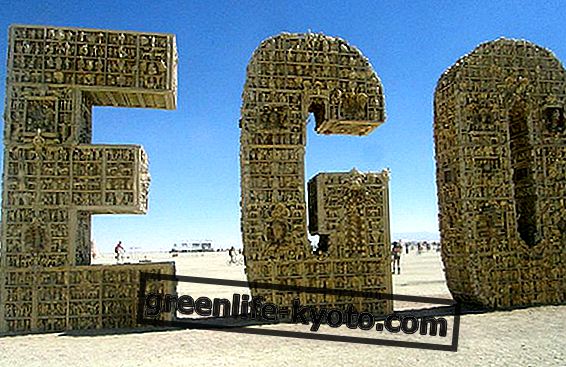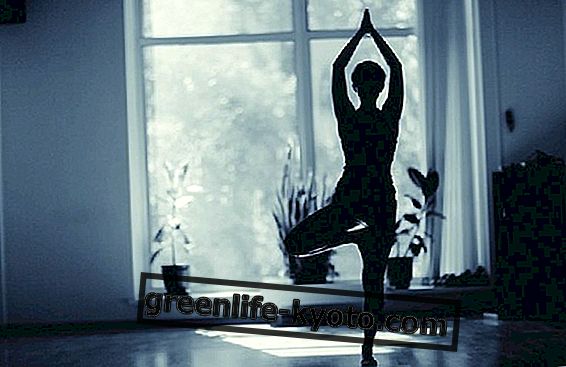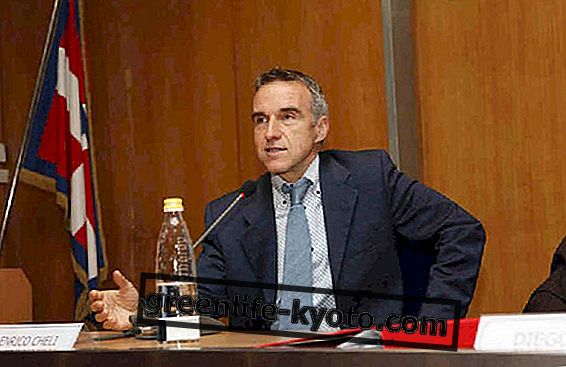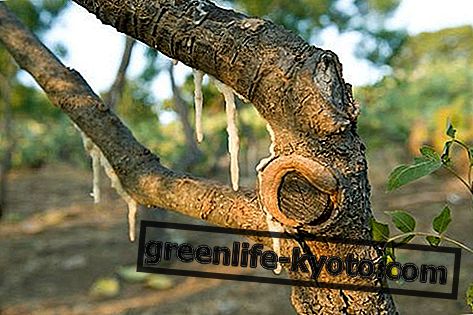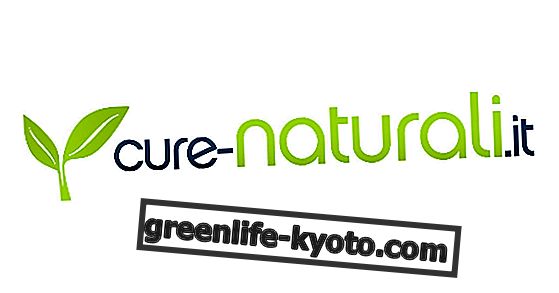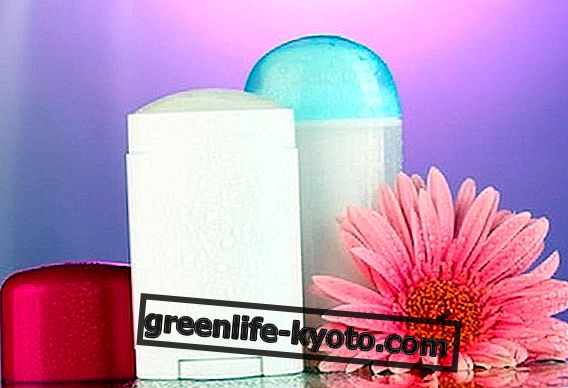
Principles of the Montessori method
The Montessori method was created by Maria Montessori who observed children in Italy and many other parts of the world for over 50 years. Born in 1870 Maria Montessori was first of all a scientist, a philosopher and an educator as well as being the first woman to graduate in medicine in Italy.
His educational method is essentially based on maximum trust in the natural impulse inherent in the child to know and act in the world. This spontaneous interest in the child leads him to choose and decide which activities to learn.
The innate curiosity of the child is the real push for spontaneous learning without external influences or impositions . The child is left free to act and to develop his abilities respecting his times and the ways he feels for himself better for learning.
This educational method allows you to explore the world with a sense that maximizes the child's intelligence . The child in the Montessori school is left free to learn "by doing".
The only need for the child is to have an environment in which there are appropriate stimuli for his level of growth . In fact, in the Montessori schools environments, buildings and educational tools are all "child-friendly".
The educational environment must therefore provide an appropriate cognitive teaching material and therefore developed specifically for learning through the self-correction of error.
In fact the didactic materials are structured so as to learn without the need of an external teacher but only with a self-experimentation in which the teaching material itself confirms the success or failure of the activity.
Another fundamental principle of the Montessori method is that children are absorbent sponges . This indicates how much children learn by imitation.
Observation thus becomes the best tool to learn behaviors, methods, techniques, activities or any other action the child wants to develop. Already in the family environment the child has learned all his behaviors, his knowledge and has developed his abilities by watching and imitating those of his parents or other people who live around him.
Also read alternative schools: what they are, how they work, where they are >>
How a Montessori school works
"Education is a natural process carried out by the child, and is not acquired through listening to words, but through the experiences of the child in the environment" Maria Montessori.
The child begins his day at school by entering the classroom and free to choose the activities he turns quietly around the classroom without disturbing his classmates and waiting for his turn for teaching materials.
This is what happens in a Montessori school because the child free to act learns by imitation and by direct experience.
The classes are of children of mixed age, so the different abilities and behaviors are observed by the little ones who thus learn by imitation. Obviously in this school there are no grades or evaluations but only observation cards that describe the progress of children.
Furthermore, for the functioning of the montessori method, two elements are essential : one is the right space with the tools and materials to stimulate the child's learning and the other is an educator who knows how to observe and who is able to be present without intervening in the children's activities.
The child's main need is expressed in the sentence " Help me to do it alone " In fact, this statement reflects the innate drive to want to learn and learn on its own, thus becoming more and more capable and confident.
The educational environment must therefore be prepared for children with chairs, tables and cabinets that can be moved by the children themselves. The equipment is child-friendly and includes brooms, pallets, sponges, cutlery, plates, glasses, watering cans, hoes, rakes and any other tool suitable for daily activities.
Children therefore learn every daily activity from cooking to washing the floors, from gardening to setting the table and this allows them to acquire many skills in the know-how and skills in life. In particular the materials of the objects are real so the glasses will be made of glass and the ceramic plates to allow, through a possible fall error, that the breaking of this material will stimulate direct knowledge of the events and develop a sense of attention and care for objects.
There are only a few rules within the Montessori method that can be summarized in not disturbing or beating other children involved in the activities and using diatonic objects and materials appropriately.
Educators according to the Montessori method are observers and facilitators in helping to "pull out" the interest and will of the child who wants to learn.
In fact, in Montessori schools, education is understood precisely by its literal meaning and-ducare which means "to bring out" to bring to light what is already present in the child and for each child to respect and make his intrinsic uniqueness flourish.
In fact, the child is no longer seen as an empty vessel to be filled with teachings but as a single being that carries within himself all the knowledge and potential capabilities and must only have the right environment to help him express them.
Montessori schools in Italy
In Italy in 1907 the Montessori method was born and the first "children's homes" were created as Maria Montessori had called them.
Currently in the world there are more than 22 thousand schools based on the Montessori method and more than 66 thousand schools are counted even if the Montessori-oriented schools are counted where the main bases of this educational method are applied.
However, the Montessori schools have found more widespread abroad, such as in America, England, Germany and even in India and Saudi Arabia, while in Italy, home of this educational method, Montessori schools are little more than 140 recognized.
In Italy, if we also count the schools with the "Montessori address", then we also reach 500 schools between public and private ones. In particular, there are Montessori nursery schools that therefore welcome children in the infancy segment, while in the elementary school segment this educational method is increasingly difficult to find applied.
The essential motivation is linked to the public school that barely survives the economic crisis and therefore fails to renew the classrooms and give specific teaching materials for this method even if the request of parents is always greater.
Private realities are increasingly on the rise and Montessori schools are present above all in the regions of Lombardy, Marche, Lazio and Puglia .
In Italy the Montessori National Opera was born, which aims to promote the development, study and research of the Montessori Method at national and international level.
This association supports Montessori schools, both public and private, to help the development of "children's homes" .
